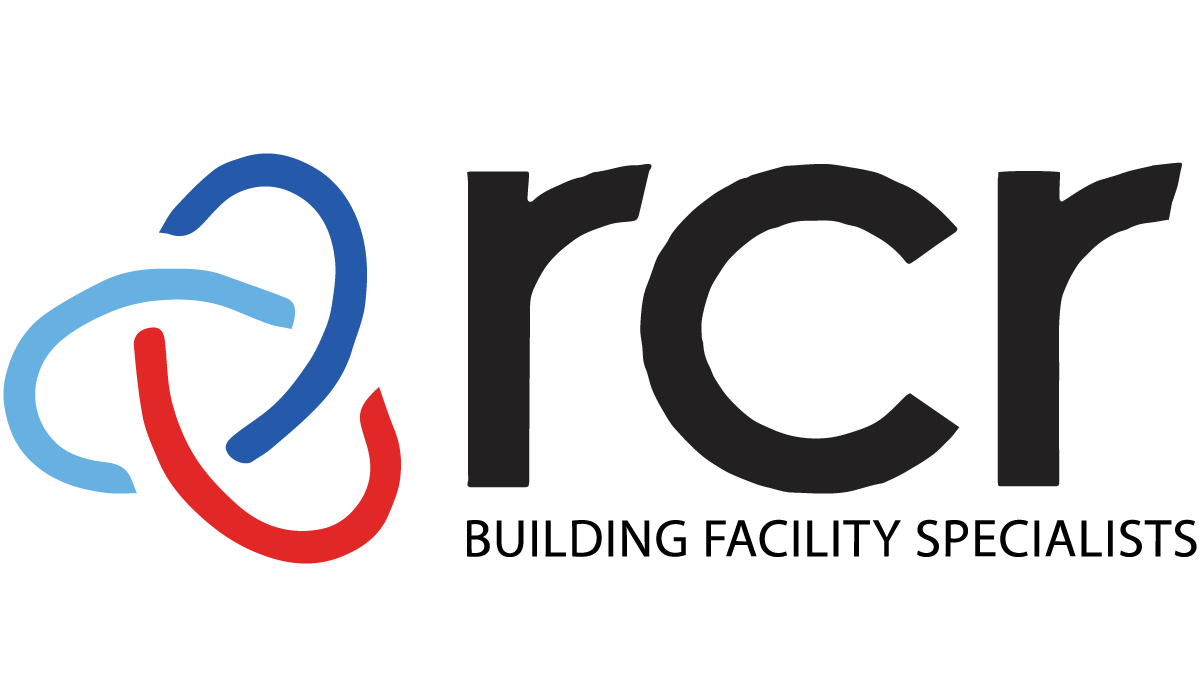5 Energy Efficient Solutions that Can Help Create an Energy Efficient Home
In today’s world, energy efficiency has become a top priority for homeowners looking to reduce their carbon footprint and lower their energy bills. Creating an energy-efficient home not only benefits the environment but also saves money in the long run. By adopting energy-saving solutions, homeowners can make a significant impact on their energy consumption. In this article, we will explore five effective and practical energy-efficient solutions that can help transform any home into an eco-friendly and cost-efficient haven.
Understanding Energy Efficiency in Homes
Energy efficiency refers to the ability of a home to use energy in a way that minimises waste and maximises output. An energy-efficient home consumes less energy while delivering the same level of comfort and functionality. This can be achieved through various upgrades and lifestyle changes that focus on reducing energy consumption without compromising on daily needs.
Energy Efficient Lighting Solutions
LED Bulbs and Fixtures
One of the simplest and most effective ways to improve energy efficiency at home is by replacing traditional incandescent bulbs with LED (Light Emitting Diode) bulbs. LED bulbs use up to 80% less energy and last significantly longer than traditional bulbs. By making this switch, homeowners can save on energy costs and reduce their carbon footprint.
Smart Lighting Systems
Implementing smart lighting systems allows for better control and automation of lights. Smart bulbs can be controlled remotely through smartphone apps or voice assistants, enabling homeowners to adjust lighting levels and schedules according to their preferences. By turning off lights when not needed, smart lighting systems help conserve energy and promote energy efficiency.
Efficient Heating and Cooling Solutions
Programmable Thermostats
Installing a programmable thermostat enables homeowners to regulate indoor temperatures based on their daily routines. By setting different temperatures for different times of the day, homeowners can reduce energy consumption when they are away or asleep. This prevents unnecessary heating or cooling and ensures optimal energy efficiency.
High-Efficiency HVAC Systems
Upgrading to a high-efficiency Heating, Ventilation, and Air Conditioning (HVAC) system can significantly impact energy efficiency. Newer HVAC systems are designed to use less energy while providing the same level of comfort. They often come with advanced features such as variable-speed motors and smart thermostats, further enhancing their energy-saving capabilities.
Insulation and Sealing
Proper Insulation Materials
Good insulation is essential for maintaining a comfortable indoor environment and reducing energy waste. Properly insulated homes retain heat during the winter and stay cooler during the summer, reducing the need for excessive heating or cooling. Using high-quality insulation materials, such as fibreglass or cellulose, can result in substantial energy savings.
Air Leakage Reduction
Sealing air leaks around doors, windows, and other openings is crucial for preventing heat loss and drafts. Air leakage can significantly impact the energy efficiency of a home as conditioned air escapes, and outdoor air infiltrates. By caulking and weatherstripping these areas, homeowners can enhance their home’s energy efficiency and comfort.
Energy-Efficient Appliances
ENERGY STAR Certified Appliances
When it’s time to replace household appliances, opting for ENERGY STAR certified models is a smart choice. ENERGY STAR appliances meet strict energy efficiency guidelines set by the U.S. Environmental Protection Agency (EPA). They consume less energy while providing the same functionality, ultimately leading to reduced energy bills.
Energy Monitoring Devices
Installing energy monitoring devices allows homeowners to track their energy usage in real-time. These devices provide insights into energy-consuming appliances and help identify areas where energy conservation can be improved. By becoming more aware of their energy consumption patterns, homeowners can make informed decisions and further enhance energy efficiency.
Renewable Energy Sources for Homes
Solar Panels
Harnessing solar energy through solar panels is an excellent way to generate renewable electricity at home. Solar panels convert sunlight into usable energy, reducing reliance on traditional power sources. Over time, solar panels can offset electricity costs and contribute to a greener, more sustainable energy future.
Wind Turbines
In regions with sufficient wind resources, wind turbines can be a viable renewable energy option. Small-scale wind turbines can generate electricity to power a portion of a home’s energy needs. Combining solar panels and wind turbines can create a comprehensive renewable energy system for an energy-efficient home.
Creating an energy-efficient home is an important step towards a sustainable future and cost-effective living. By adopting the five energy-efficient solutions discussed in this article – LED lighting, smart lighting systems, programmable thermostats, high-efficiency HVAC systems, proper insulation, energy-efficient appliances, and renewable energy sources – homeowners can significantly reduce their energy consumption and contribute to a greener planet. Embracing these energy-saving practises not only benefits the environment but also leads to long-term savings and a more comfortable living space.
Experience the future of energy efficiency with RCR! Illuminate your home with LED brilliance and smart lighting systems, upgrade to programmable thermostats and high-efficiency HVAC systems, seal in savings with proper insulation, explore ENERGY STAR certified appliances, and tap into renewable energy with solar panels and wind turbines. Transform your home into an eco-friendly haven while saving big on energy bills. Contact us now and embrace a brighter, greener future!




